Need help keeping your trees from becoming hazards on your property? Understanding some basic tree care techniques will help prevent your trees’ sickness, destabilization, and death.
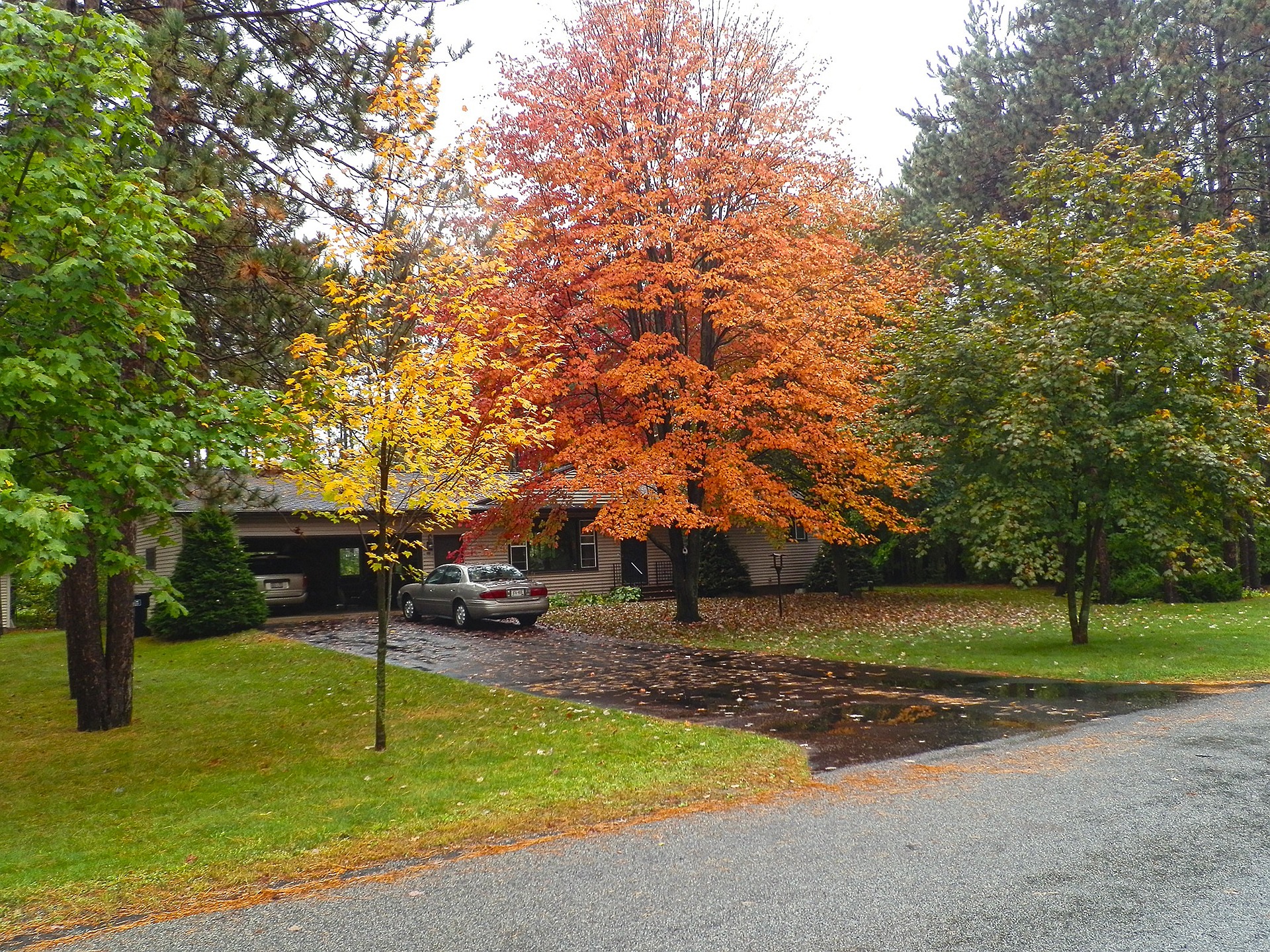
thetreecareguide.com gathered some essential tips to help property owners give their trees the best care so they thrive and stay healthy well into maturity.
1. Tree Selection
When searching for the “perfect” tree, you’ll want to look for one with a straight trunk. Trees that grow into large shade trees should have a strong central leader (trunk) with branches evenly distributed around it. Consider the following when selecting a tree:
- Size (knowing the mature height and spread of trees can prevent multiple landscape problems)
- USDA Hardiness Zone (A crucial consideration when selecting trees is their cold hardiness)
- Pest Susceptibility
- Soil Requirements
Tip: Send a soil sample to your state’s university extension for testing. This will reveal the soil’s nutrient content and availability, pH value, microbial activity, etc. This test will guide you if any soil adjustments are needed for healthy tree growth.
2. Tree Planting and Location
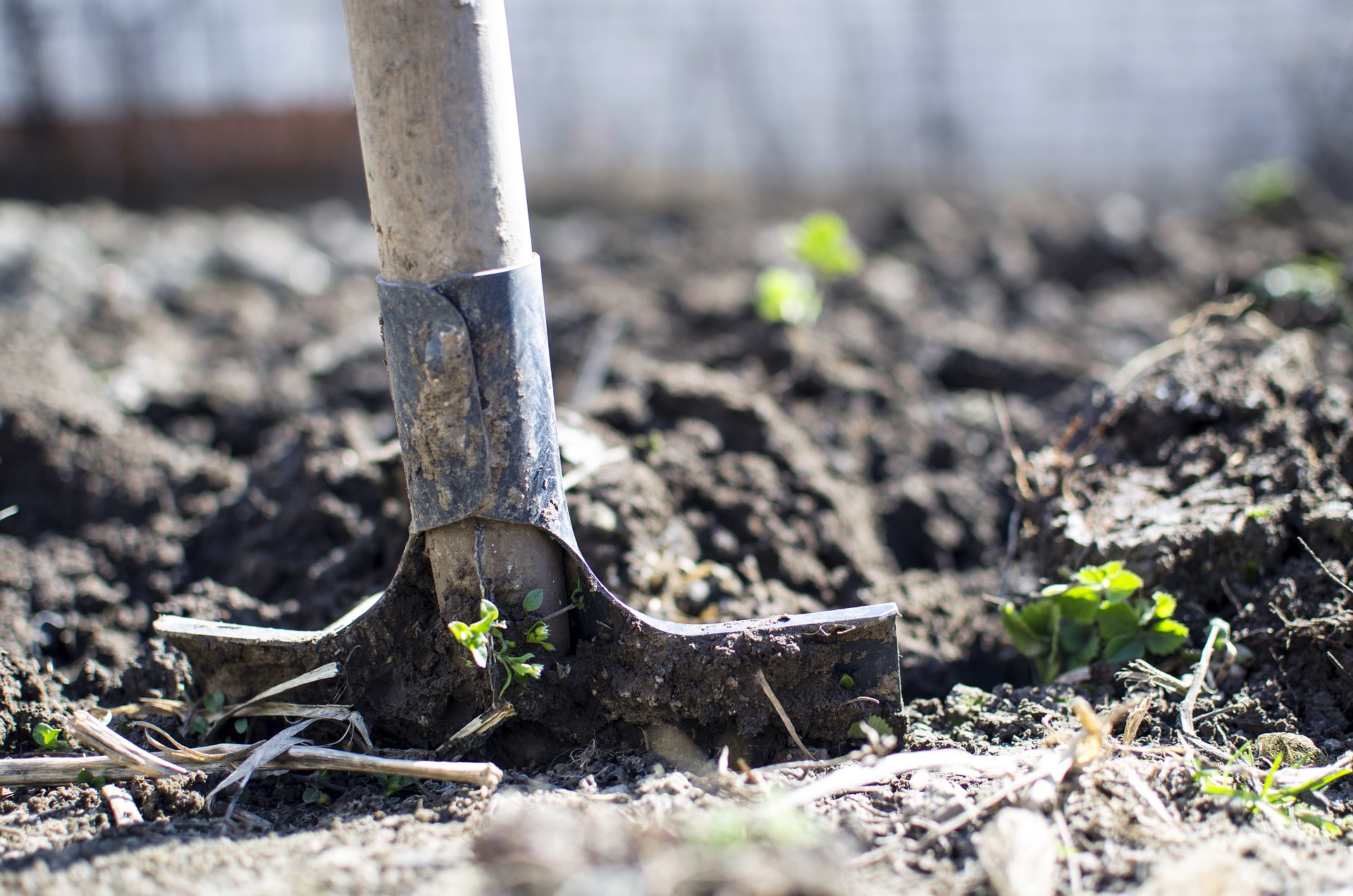
Trees can be planted anytime, as long as you can dig an adequate planting hole. If the ground is frozen, it’s better to wait for the thaw. Generally, the more time between planting a tree and the beginning of summer, the better (that makes fall the best time to plant new trees). Early spring is another popular planting time as well. Consider the following when planting your tree:
- Dig the hole (2 to 3 times wider than the diameter of the tree’s rootball)
- Massage, loosen, and trim the roots
- Place the tree in the center of the hole
- Fill in the hole
- Build a wide soil berm (this will help when watering your tree)
- Stake and tie the tree
- Water the tree thoroughly
- Add a 3-inch layer of mulch
Tip: Trees should not be too close to buildings or power lines, and you should consider where you want shade or wind relief around your property. Try to plant trees 15 to 20 feet away from buildings when possible. Evergreens and clumping trees are typically used along property lines (as privacy screens) and in windbreaks.
3. Watering Schedule
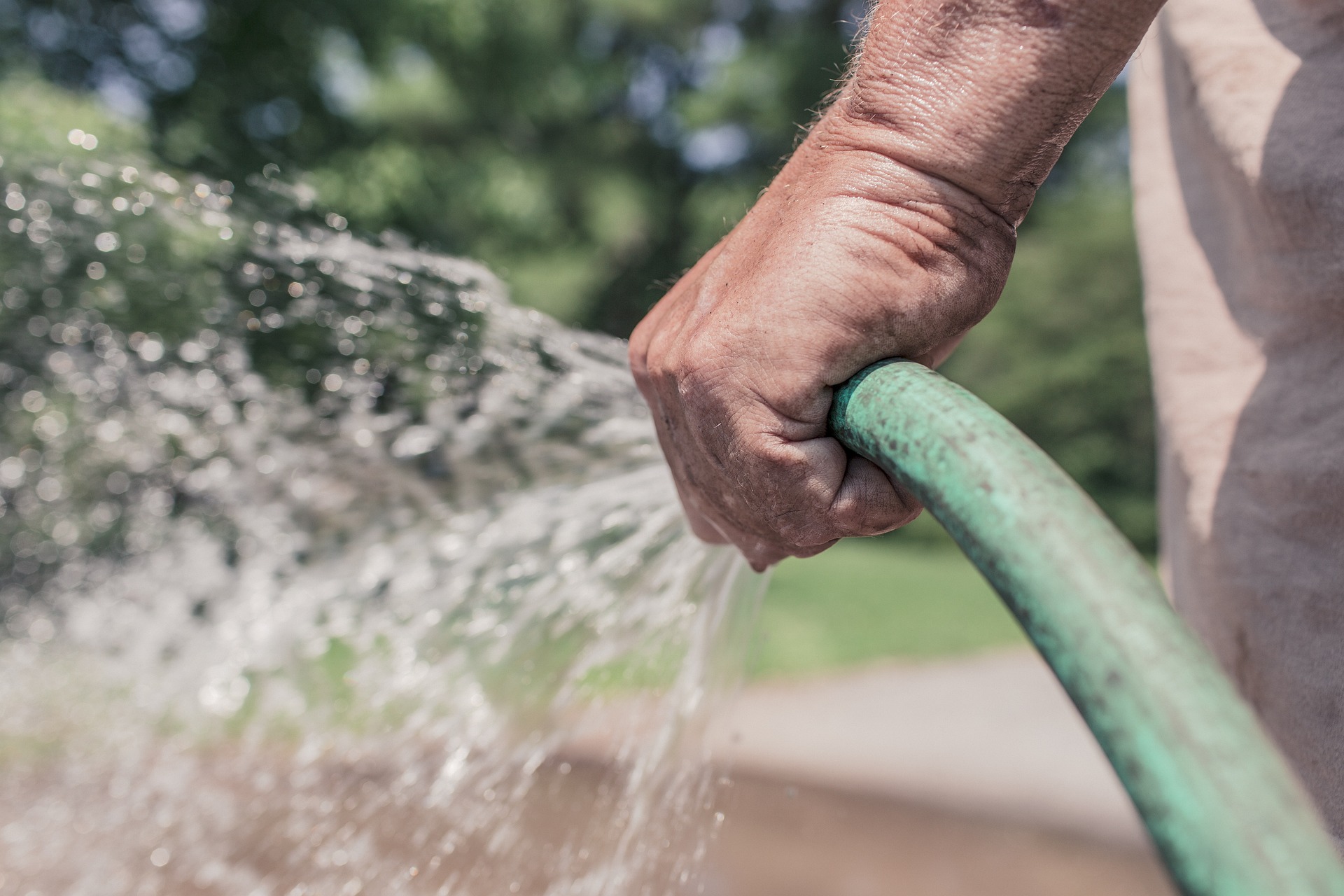
Newly planted trees require more frequent watering than established ones. They should be watered at their planting time and at the following intervals:
- 1 to 2 weeks after planting, water daily
- 3 to 12 weeks after planting, water every 2 to 3 days
- After 12 weeks, water weekly until roots are established
The above is a great rule of thumb, but different trees and soil types require different watering patterns, so keep that in mind to ensure your trees are properly watered.
Note: Water thoroughly before planting, at planting time, and the day after planting. This helps settle the soil and eliminates large air pockets.
4. Why You Need to Mulch
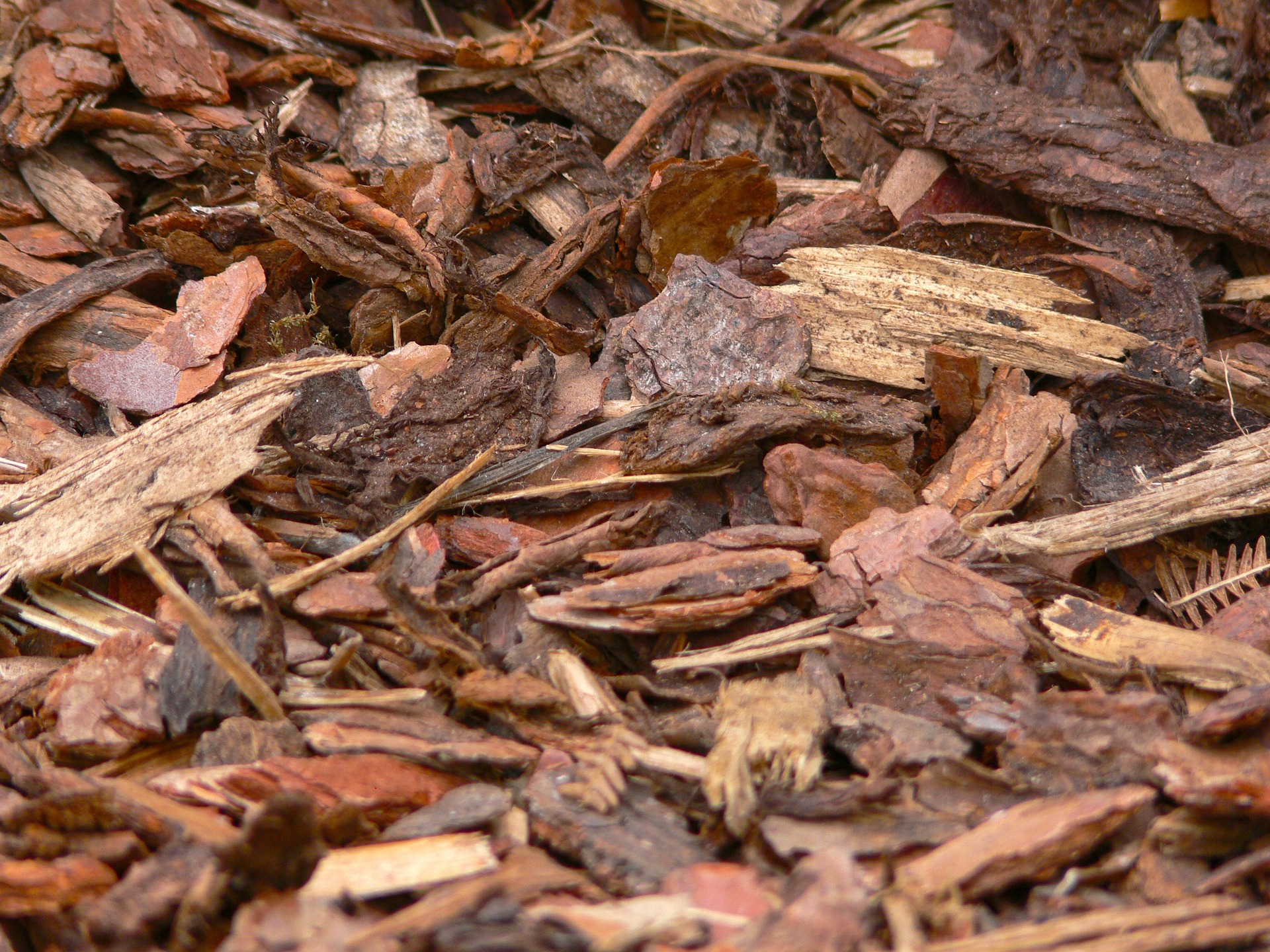
Tree care professionals prefer organic mulches, like wood chips, pine needles, hardwood and softwood bark, composted leaves, and other compost mixes. When these mulches decompose, they improve soil structure and increase soil fertility. Other benefits of proper mulching include the following:
- Preserves soil moisture by increasing water infiltration and slowing evaporation
- Significantly improves soil structure, fertility, and aeration as it decomposes
- Efficiently moderates soil temperature, protecting roots from extreme summer and winter temperatures
Note: The most beneficial mulch options include wood chips, bark nuggets, composted leaves, or pine needles.
5. Seasonal Tree Pruning
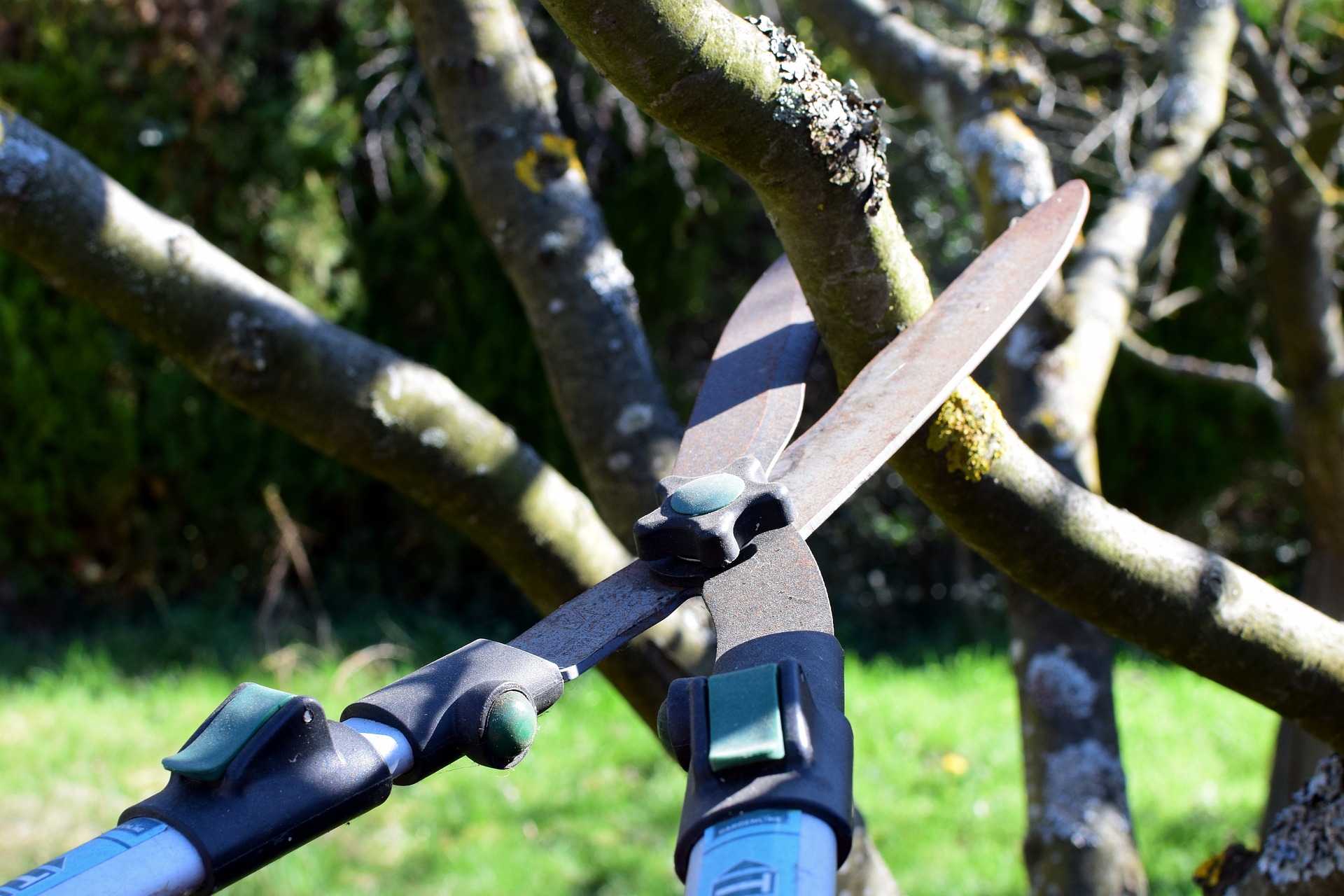
Pruning can remove limbs and branches with a disease, fungi, and other decay, stopping them from spreading to healthier branches or the trunk. Removing these branches also exposes the others to more sunlight and air circulation, which helps reduce disease occurrence.
Note: Late winter is the best time to prune most trees. Trees are still dormant at this time of year, and, unlike early winter, wound closure will be rapid if pruning occurs just prior to the growing season.
6. Insect Pests and Diseases
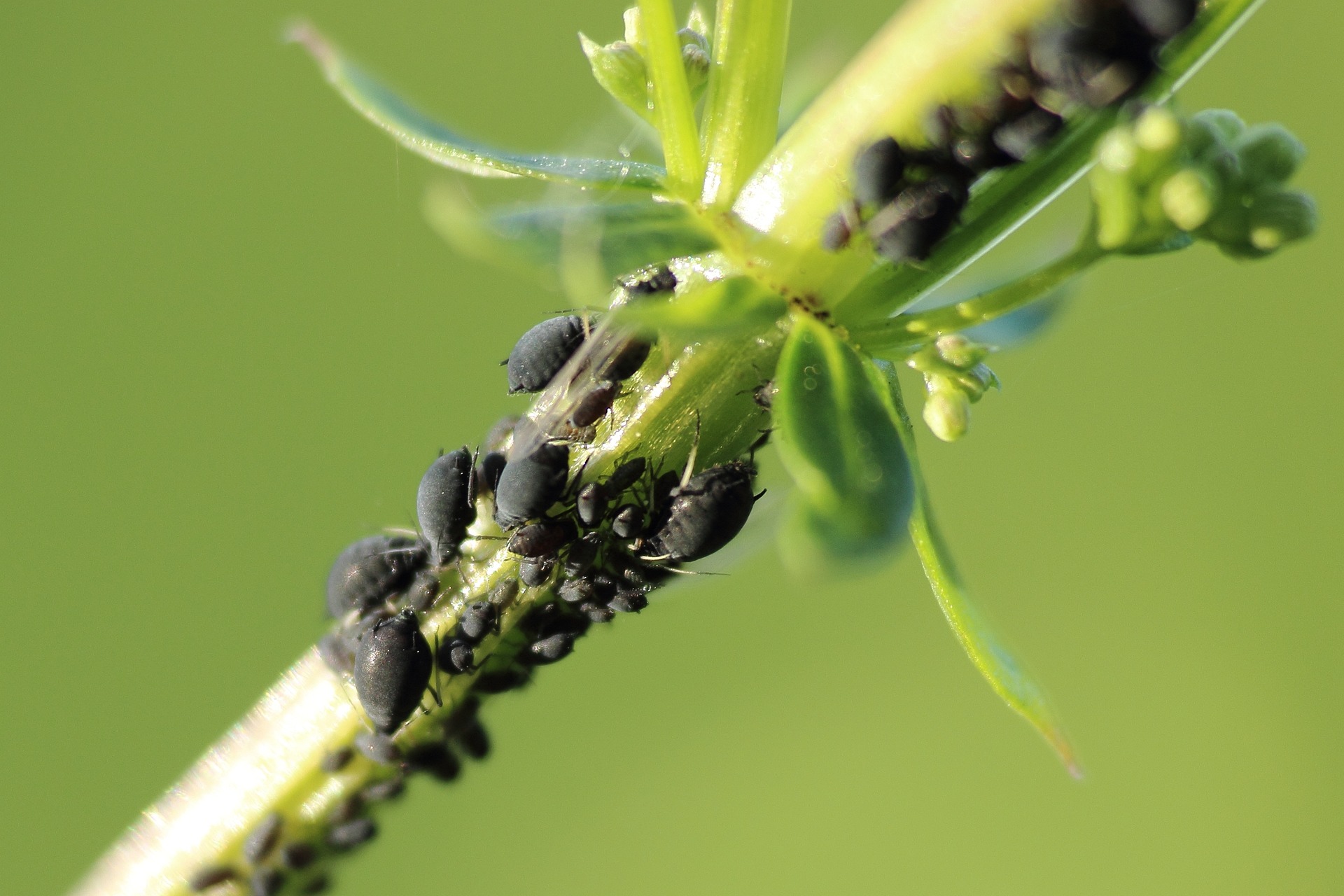
Insect pests can be classified into three categories when regarding trees:
- Chewing insects that eat portions of the tree (Japanese beetles, gypsy moths, tent caterpillars, etc.)
- Sucking insects that suck sugars out of the tree’s stems and leaves (aphids and scales)
- Boring insects that bore into the tree to eat portions of the inner bark or create nests. These insects cause the most damage to trees (Emerald Ash Borer, bark beetles, pine beetles, etc.)
Prevention: Apply insecticidal sprays in 2-week intervals before and during the growing season. However, insects can build up tolerance to even the best insecticide when used repeatedly. Alternate applying insecticides with different active ingredients.
Tree diseases, fungi, and viruses have three crucial factors: the host, the pathogen, and the environment (these make up the disease triangle). Consider the following:
- The host is identified as the tree or plant in question
- The pathogen is the disease, fungi, or virus
- The environment is all the factors influencing the pathogen and host
Most tree species are susceptible to at least one disease-causing fungi. Yet, most fungi are beneficial to their host (only a few are harmful to trees).
Disease can be carried by vectors, most commonly insects. This is seen in dutch elm disease, where the bark beetle acts as a vector. Given there are a multitude of diseases, being able to properly identify the disease or pest that’s doing the damage will help you considerably in resolving your issue.
Prevention: Fungicides kill the fungi that cause many common tree diseases. Treatment methods may include tree spraying or fungicide injection into the truck, branches, or soil. Insecticides should also be considered, as many pathogens migrate on insect vectors.
7. Tree Fertilizing and Pulling Weeds
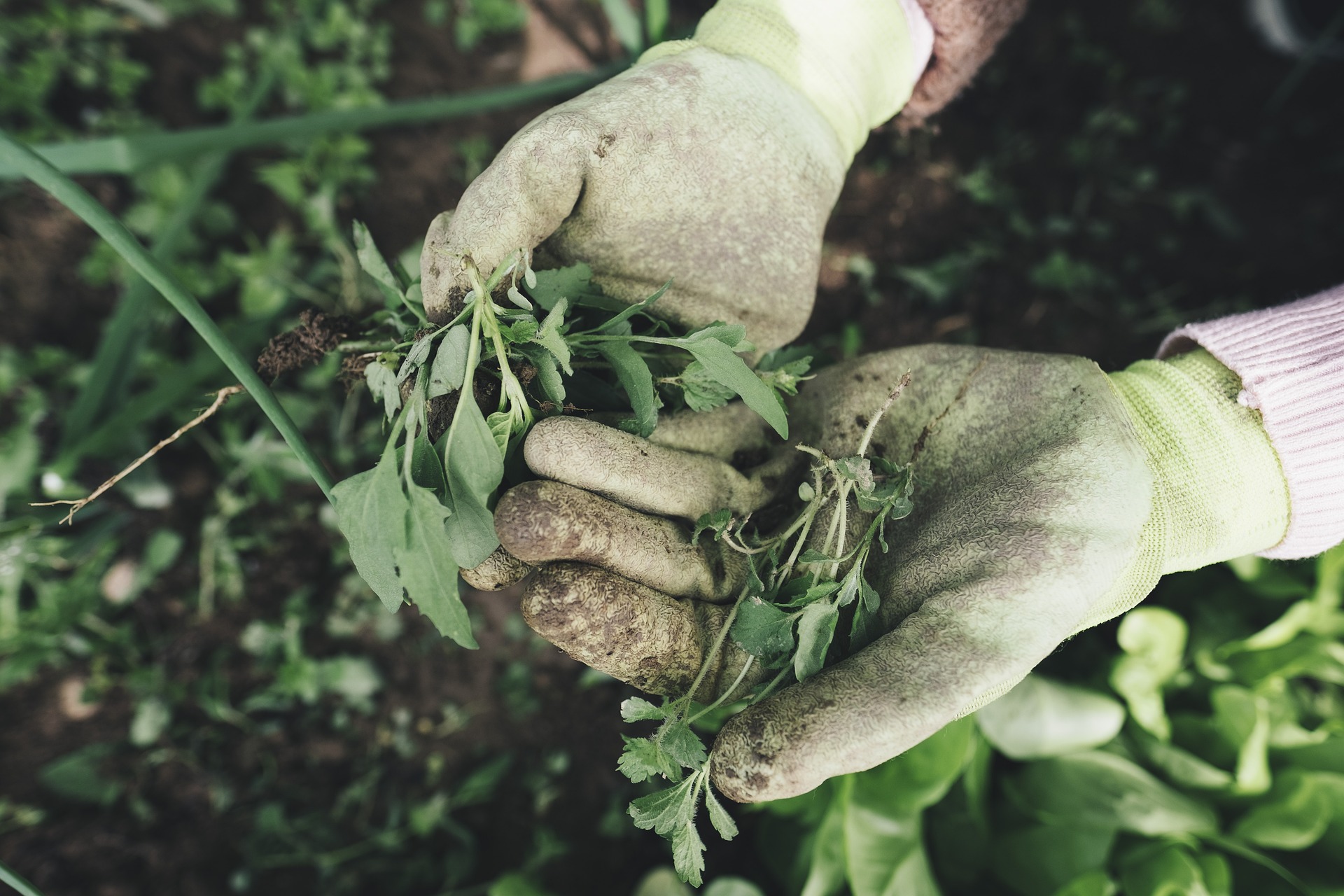
When needed, the best time to fertilize is mid-spring (April or early May) or late fall once trees are dormant. The fertilizer should be spread evenly across the soil surface, and the amount of nitrogen applied should be 3 pounds per 1,000 square feet.
Note: Early spring growth depends almost entirely on nutrients absorbed and stored the previous year.
Tree Care Tips
In this article, you discovered tree planting and care tips to help you keep your trees healthy and strong as they grow and tower over your property.
Knowing what to do for your trees when planting them and as they grow will help you keep them thriving and prevent them from dying and falling on your property.
Not knowing the best ways to plant, care for, water, and trim trees leaves them vulnerable, and you responsible to spend money to have them removed.
Sources:
extension.umn.edu/planting-and-growing-guides/watering-newly-planted-trees-and-shrubs
csfs.colostate.edu/2018/02/20/late-winter-best-time-prune-trees-colorado/
ourcityforest.org/blog/2020/4/17/identifying-tree-pests-and-disease
canopy.org/tree-info/caring-for-trees/mature-trees/
arborday.org/trees/tips/